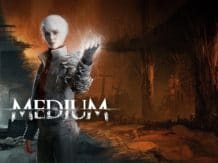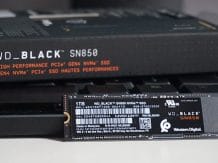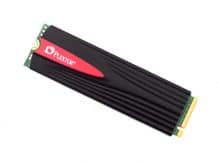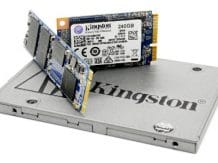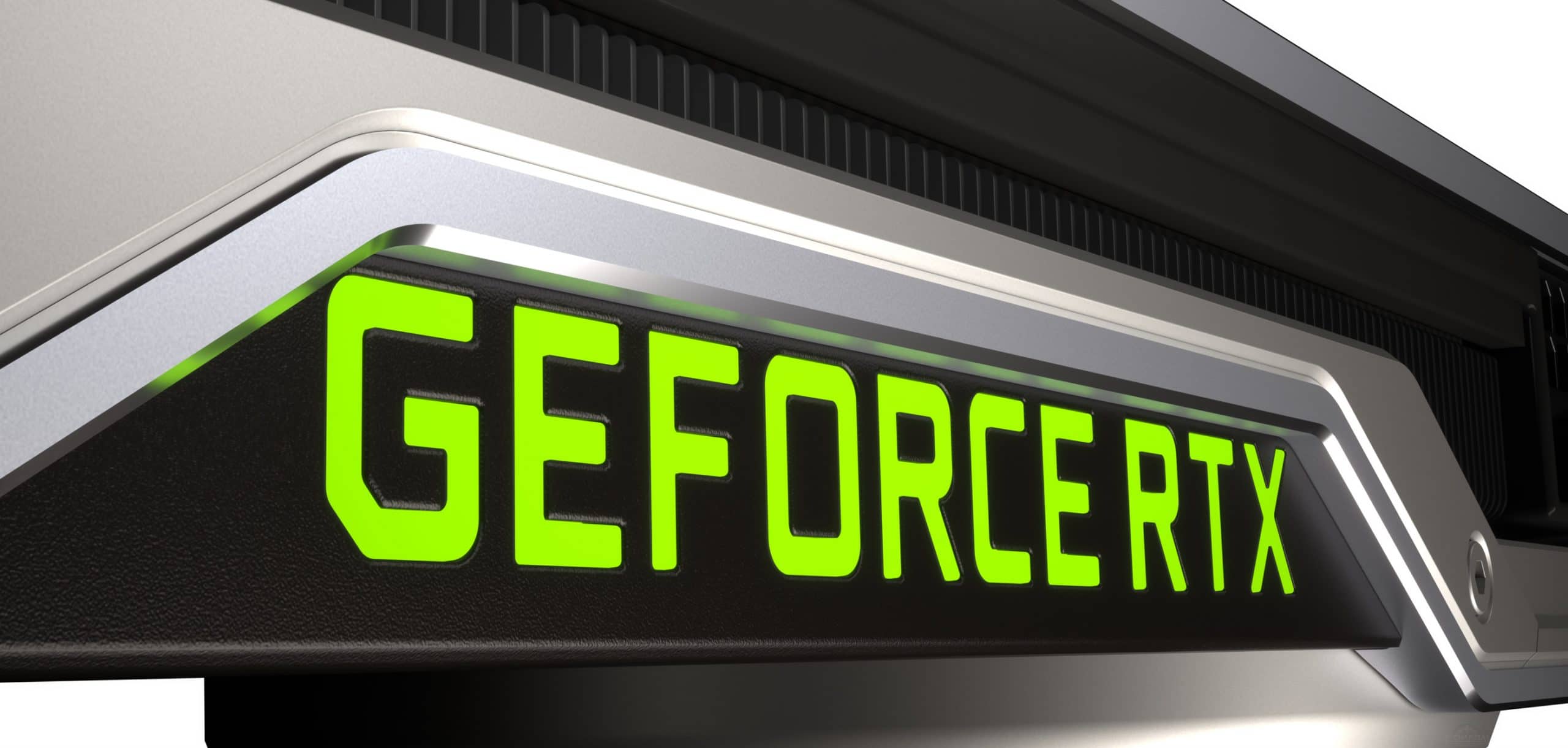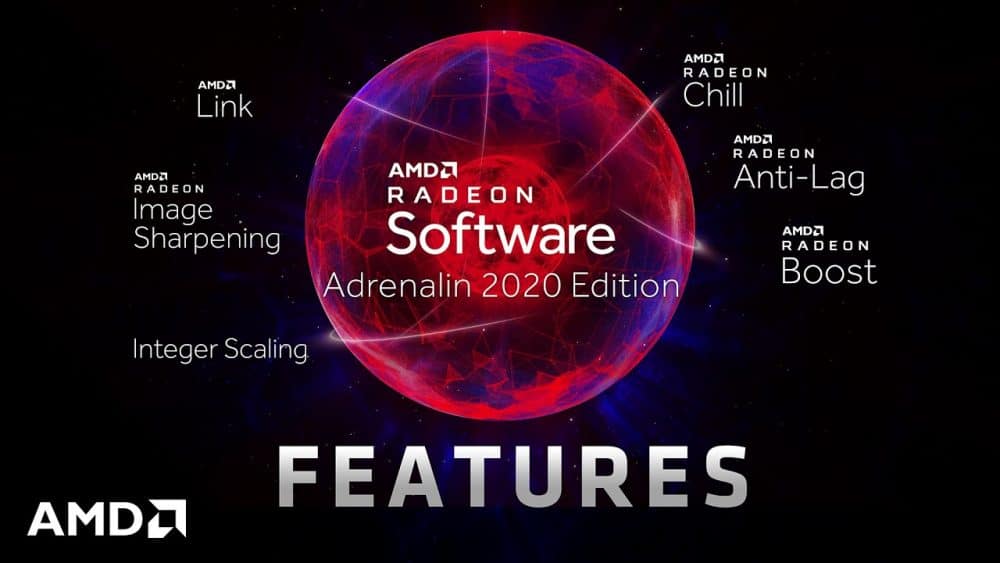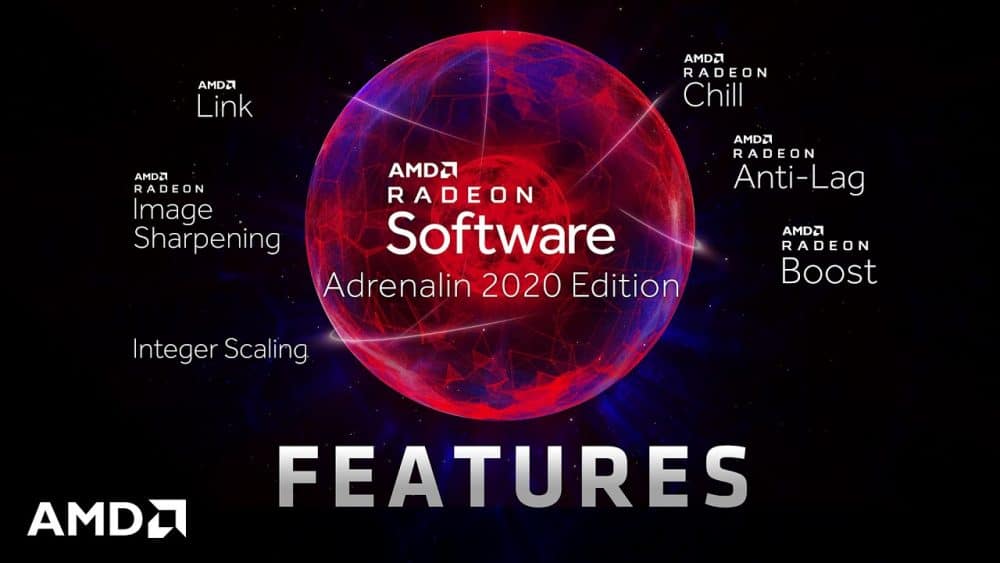Review of SSD OCZ Vertex 4 drives with firmware version 1.4
– Today will will take a look at the Specs, Hashrate, CPU performance and also a testing of this SSD Drive. We will go into more details as it regards to the testing in the article below.
Vertex 4 is OCZ’s latest solid state drive, introduced in April this year. Unlike its predecessor, it is based not on the SandForce controller, but on the Everest 2 from Indilinx, which in turn was acquired by OCZ about a year ago.
The first generation Everest is used in the Octane series, an alternative to SandForce-based products such as Agility. In my opinion, Octane is more of an experiment with a new controller, while Vertex 4 is a complete product ready to fight for leadership in the top segment. In May, firmware 1.4 was released, which fixes a number of “raw” aspects of the previous version and significantly increases performance. Today we take a look at the new Vertex 4 and see if it is superior to its predecessor.
Test participants
OCZ Vertex 4, 512 GB


The half-terabyte SSD is the top model in the lineup. Let me remind you that the new series is based on Everest 2 – the brainchild of Indilinx, already created under the leadership of OCZ. A feature of this controller is the reduced number of writes to microcircuits with the same amount of incoming information (write amplification). And, as a result, the wear of the cells is reduced. SandForce-based drives use hardware data compression for these purposes, but not all data is compressed well, and as a result, performance “floats”. Everest 2 does not use compression, which means that speed characteristics are stable.
announcements and advertisements
-14000р на RTX 3060 ASUS Dual
RTX 3060 MSI Gaming – a drain for a penny
RTX 3070 cheapest and all at Compeo.ru
-15000р на RTX 3060 MSI Ventus
Prices for video cards went down steeply
-14000р на RTX 3060 Gigabyte Eagle
Another top vidyaha with a mega discount
RTX 3060 – prices have gone down
First-hand Z590 motherboards at very good prices
RTX 3060 12Gb in XPERT.RU – be in time 🙂
Galaxy S20 family price crash 25% discount
RTX 3070 at XPERT.RU at the lowest prices
Lots of RTX 3090 in XPERT.RU
In addition, an advanced error recovery algorithm can correct up to 128 bits per kilobyte of information, which should be more than previous models. There is a possibility of data encryption (but it is not clear how to use it). Developers will be interested in such features as support for various types of flash memory, fault-tolerant arrays of “chips” and their own instructions. OCZ is likely to expand its Everest-based product line towards enterprise products.

RC3 firmware (erasing all data during installation and zeroing SMART) is what the authors of all reviews got. The public preview was designated RC6. They contain several bugs that do not affect performance and are fixed in the final version. The manufacturer warned against installing it on these copies, since these are pre-production samples. They can be distinguished from retail by a large sticker on the back, or rather, by its absence.
OCZ Vertex 4, 256 GB



The middle brother in the family. The cost of an elder is too high to win the love of the people, and this can already be considered as a candidate for acquisition. Unfortunately, they didn’t give me the younger 128 GB. By the way, a new-born baby with a volume of 64 GB promises to appear soon.
All the characteristics are the same as for the older model, but there is information that in the future, only the top version will have a gigabyte of cache, on the rest it will be cut down to 512 MB. If this is really the case, you will definitely need a “confrontation” of an engineering sample and a serial sample.

OCZ Vertex 3, 480 GB



The flagship of the previous generation based on the SandForce controller. Physically, it has 512 GB of memory, but part of the volume is reserved at the firmware level for replacing worn-out cells. In Vertex 4, the manufacturer abandoned this practice, since its controller works with memory in a softer mode. I can’t say that the solution is definitely good, but for most users, 32 GB of space is more important than an extended service life.

May firmware version 2.22 is the last one that was available at the time of this writing. Its development has been going on for over a year, we can hope that all bugs have been fixed, and the performance is at the highest possible level.
OCZ Vertex 3, 240 GB



The smaller version is Vertex 3. Approximately 6% of the volume remains reserved.

OCZ Vertex 3 Max IOPS, 128 GB



The premium expansion of the Vertex 3 line called Max IOPS is actually quite different from the original as it uses Toshiba’s synchronous 34nm Toggle Mode memory. The controller is the same – SandForce SF-2200. This drive is characterized by high performance and durability, but the price for a model of this size is one of the most expensive.

By the time 2.22 was released, the tests had already been carried out. The results of Crystal Disk Mark made it clear that it makes no sense to do everything again, the performance gain from the new firmware is offset by the device’s weariness.







